Violence in Manipur
Context:
Six people were killed as fresh violence erupted between the warring ethnic communities of Kukis and Meitei in Manipur's Jiribam district on 7th September, forcing the government to call in Army choppers for surveillance and deploy security forces in massive combing operations with drone detection systems in hand.1.
What is the history of Manipur?
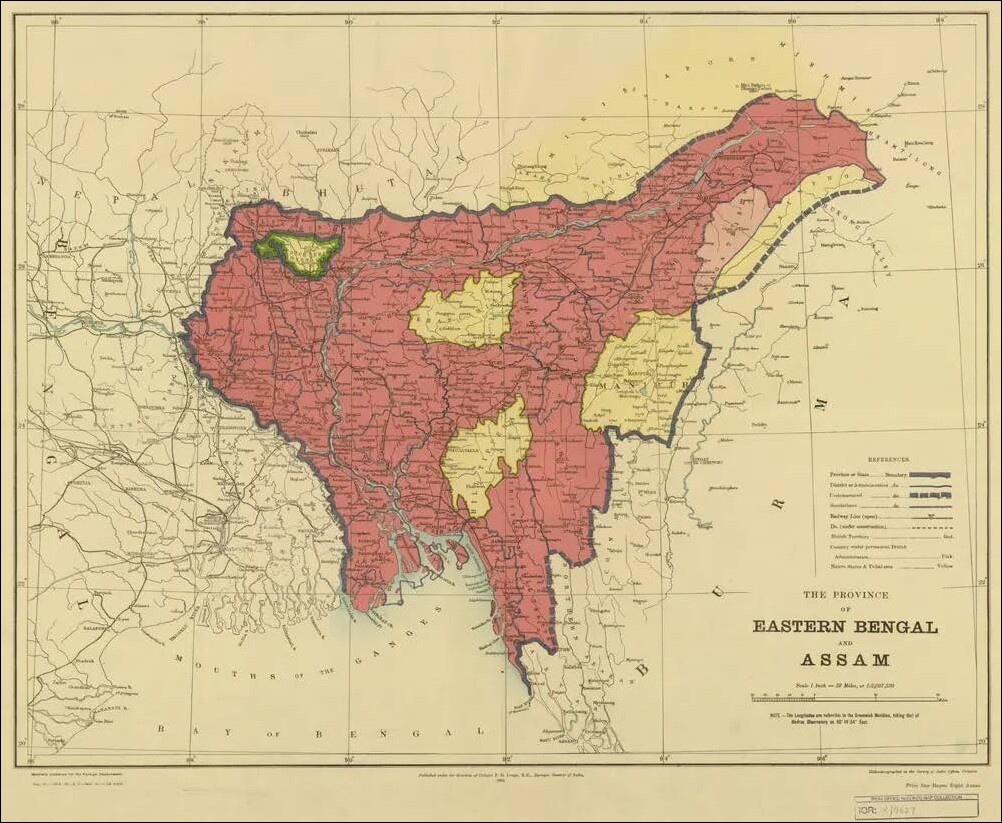
- Royal chronicles, Cheitharol Kumbaba, document the history of Manipuri kings of Ningthouja dynasty to 33 AD, one of the longest-ruling dynasties of India.
- The kings and people of Manipur followed an indigenous faith known as Sanamahism until the 18th century.
- At the very beginning of the 18th century, some scholars say in 1704, king Charairongba converted to Hinduism along with his family.
- Meidingu Pamheiba (named Garib Nawaz by Muslims) was the son of king Charairongba, who is known for his conquest of the Burmese capital.
- In the year 1891 Manipur became a Princely State under British Rule after the Anglo-Manipur war.
- In 1947,Maharaja Budhachandra signed a Treaty of Accession merging Manipur into India.
- Manipur became a Union Territory in 1956 and in the year 1972 it was granted the status of full fledged state.
2.
What is the history of ethnic conflicts in Manipur?
Manipur is no stranger to violent protests, but the ongoing violence between the Kuki-Zomi tribals and the largely Hindu Meiteis is the first time in three decades that the state has witnessed direct clashes between two ethnic groups.
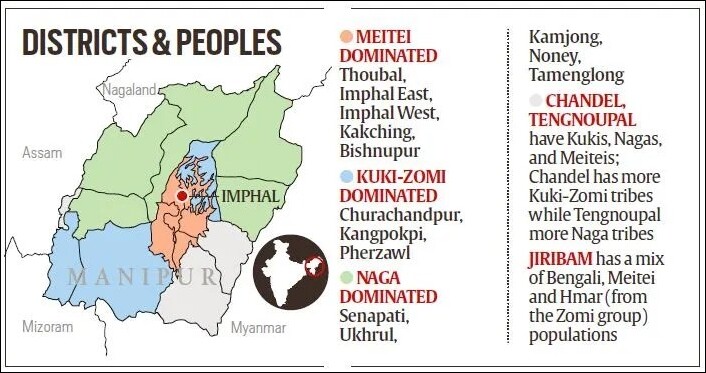
| Events | Analysis |
|---|---|
| During British era |
|
| Kuki-Meitei divide |
|
| Movement for ‘Kukiland’ |
|
| Naga-Kuki clashes of 1993 |
|
| Meitei nationalism |
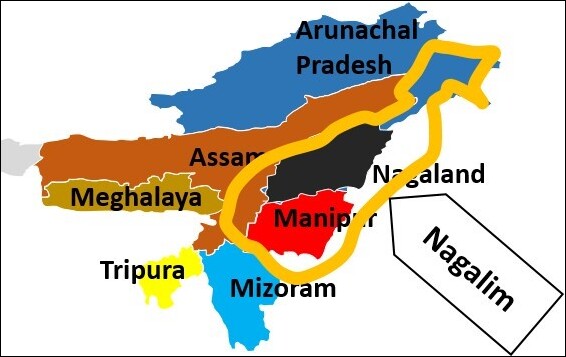
|
| Extension of Ceasefire |
|
| Demand for an Inner Line Permit (ILP) |
|
3.
What are some of the historical factors responsible for violence in Manipur?
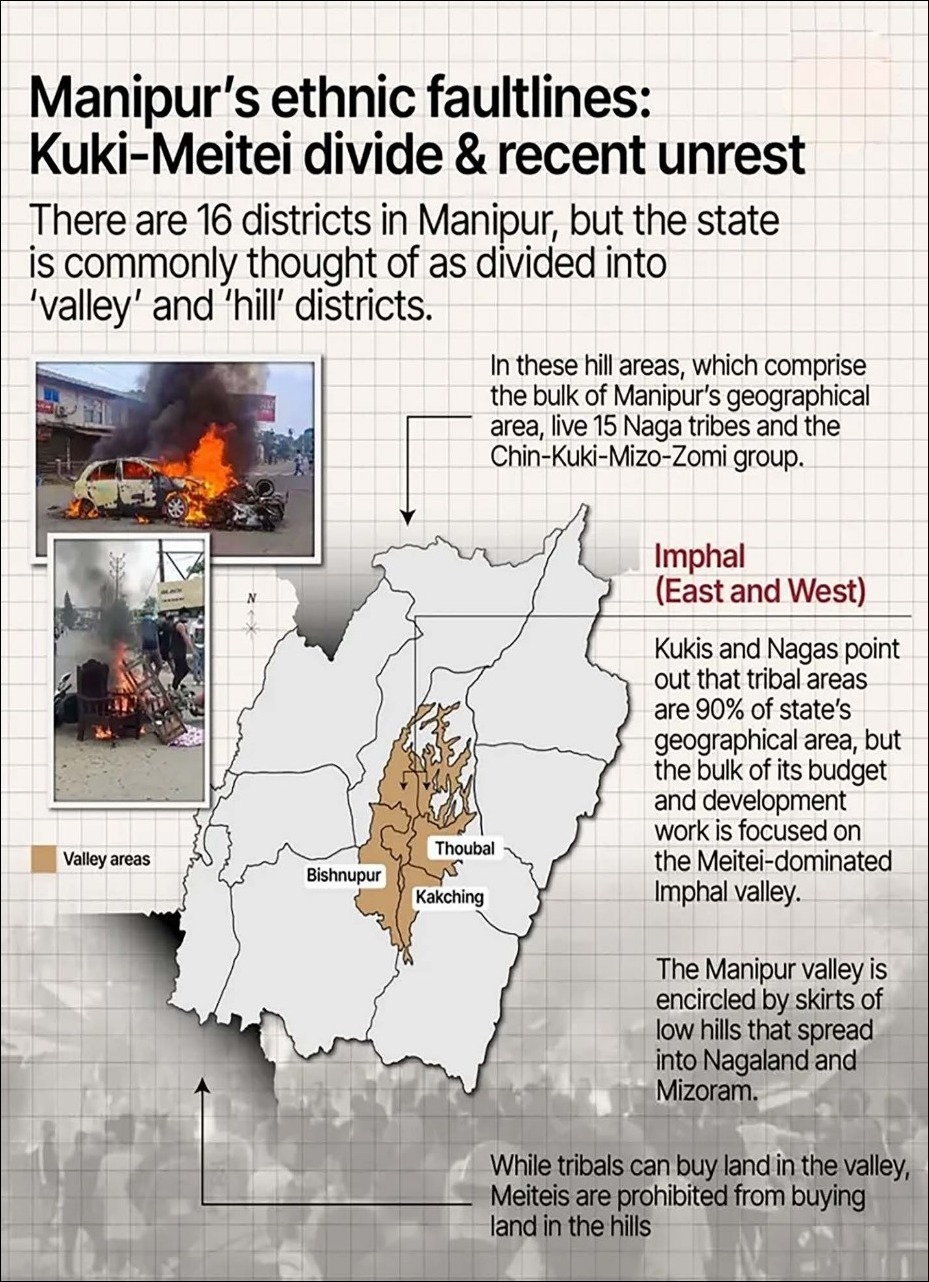
| Factors | Analysis |
|---|---|
| Historical conflict |
|
| The Ethnic Fault lines |
|
| Meitei dominance |
|
| Land issues |
|
| Issues in Delimitation Process |
|
| Drug trafficking and crossborder crime |
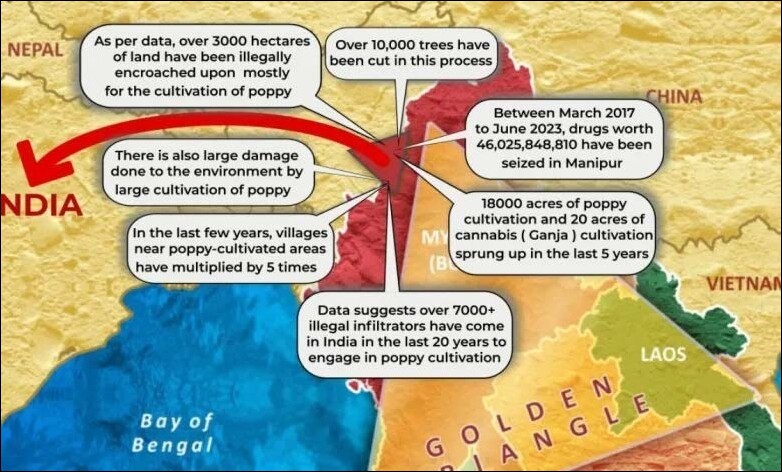 |
| Influx of Migrants |
|
| Demand for autonomy |
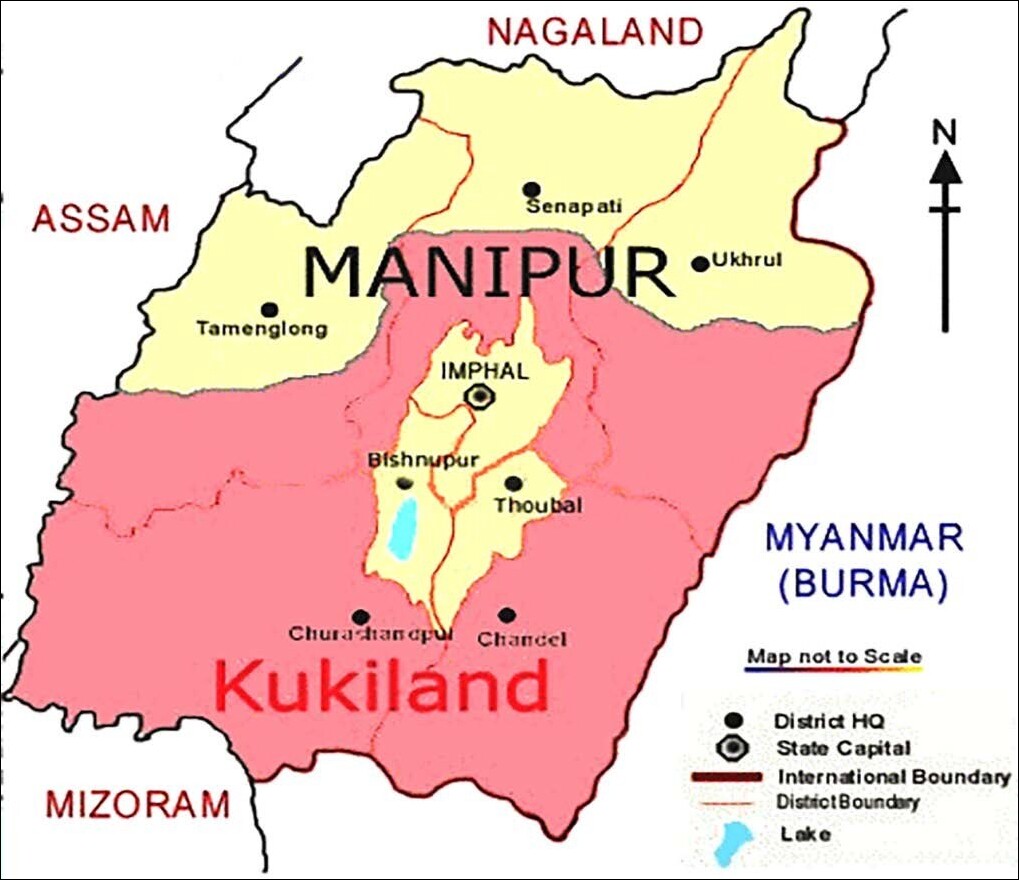 |
| Presence of Insurgent groups |
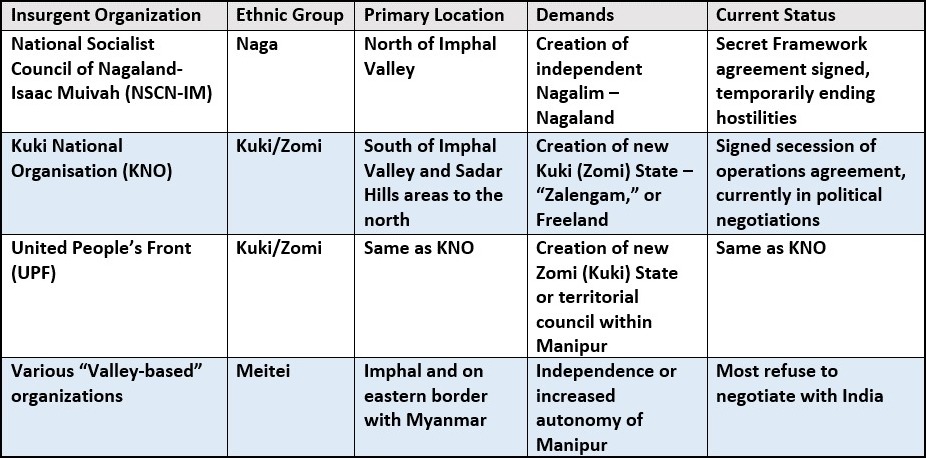 |
| Application of AFSPA |
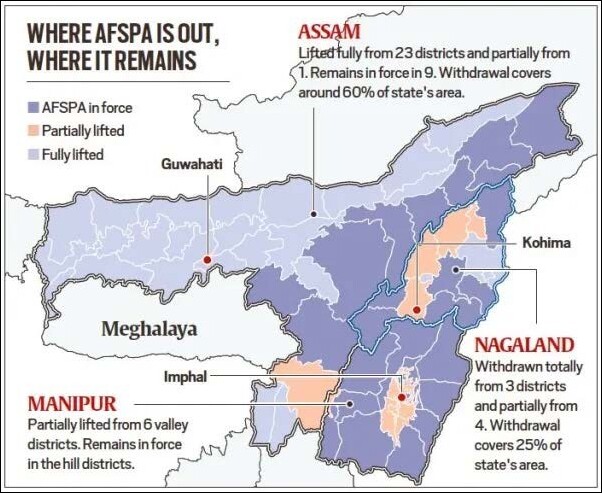 |
4.
What are some immediate factors which triggered Manipur violence?
| Factors | Analysis |
|---|---|
| Meitei Community’s Demands for ST Status |
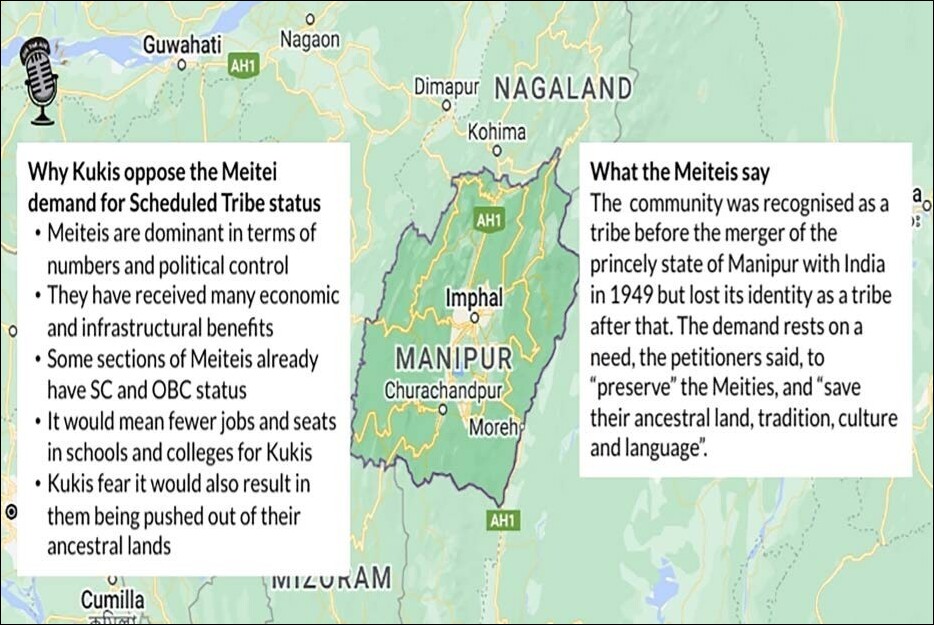 |
| Manipur High Court direction |
|
| Government eviction drive |
|
| Suspension of Operation agreements |
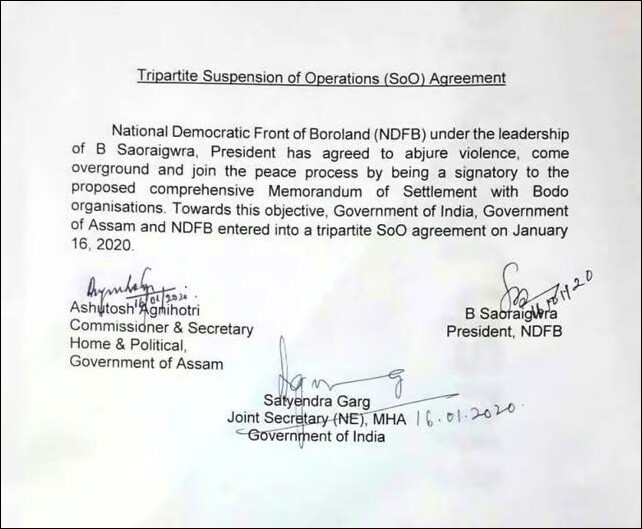 |
5.
Why is the administration not able to control Manipur violence?
| Reasons | Analysis |
|---|---|
| Position of Hon’ble Chief Minister of Manipur |
|
| Imposition of President’s rule(A356) |
|
| Complex ethnic dynamics |
|
| Lack of coordination among forces |
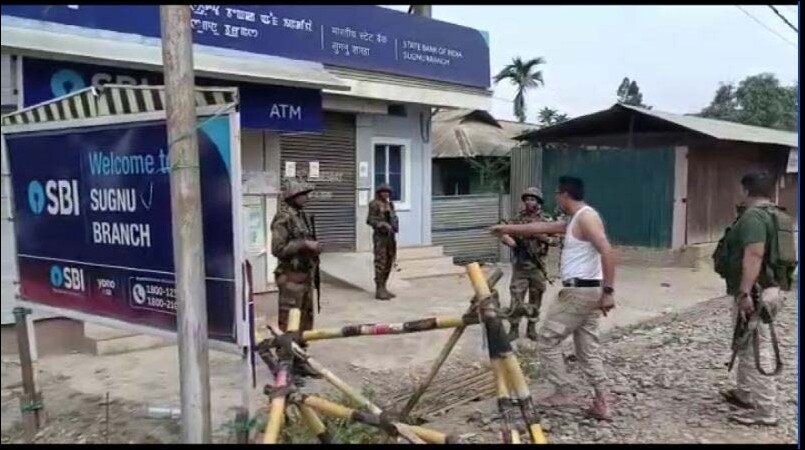 |
| Armed men disguise in police uniforms |
|
| Lack of development |
|
| Influence of external factors |
|
6.
What is the role of surrounding countries in Manipur unrest?
| Country | Role |
|---|---|
| Myanmar |
|
| Bangladesh |
|
| China |
|
7.
Enlist main tribes involved in the Manipur conflict?
- Manipur is a multi-ethnic state located at the easternmost part of India.
- The hills are inhabited mainly by the tribals with a total population of 11, 67,422 of which, there are 33 recognised tribes (in Manipur) which either fall under the Nagas or the Kukis, the two different conglomerates of Manipur tribals.
- The two communities are differentiated mainly from their distinctive dialects, costumes, cultures and traditions.
- The Meitei people, also known as the Manipuri people, are an ethnic group in Manipur, India that have been considered for inclusion in the Scheduled Tribes (ST) list, but have been rejected.
- Based on the available information, the Meitei community “does not appear to possess tribal characteristics”.
- It noted that historically, the term Meiteis had been used to describe the non-tribal population in the Manipur valley.
| Tribes | Description |
|---|---|
| Kuki tribe |
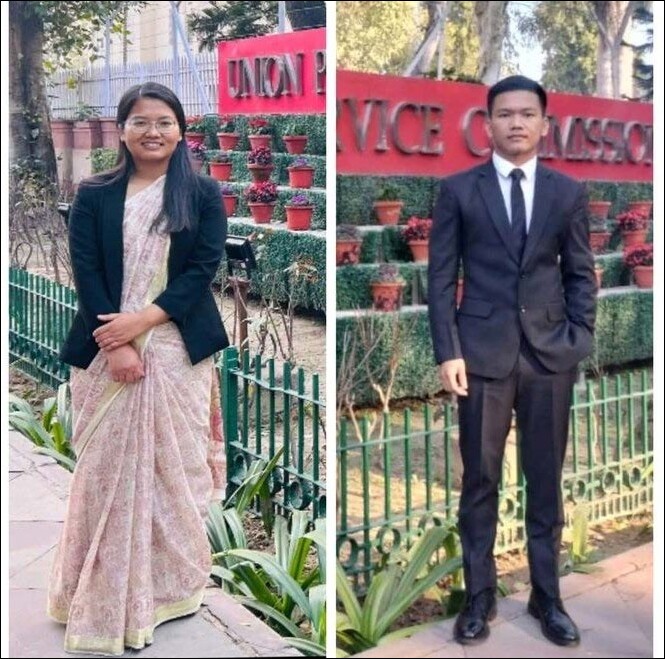 |
| Naga |
|
| Chothe |
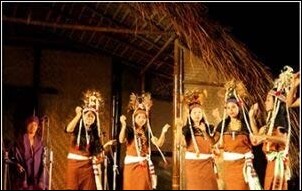 |
| Hmar |
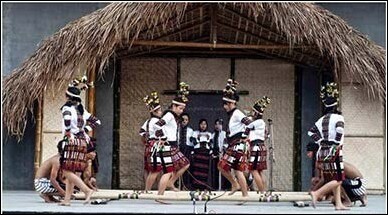 |
| Kom |
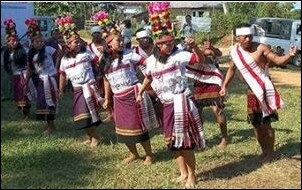 |
| Aimol |
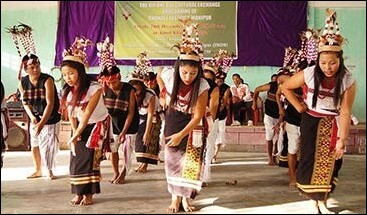 |
Meitei Community
- The Meitei people are the predominant ethnic group of Manipur State speaking the Meitei language.
- The Meitei ethnic group represents about 53% of Manipur's population.
- The Meiteis primarily settled in the Imphal Valley region in modern-day Manipur, though a sizable population has settled in the other Indian states of Assam, Tripura, Nagaland, Meghalaya, and Mizoram.
- Majority of the Meitei community follows Hinduism.
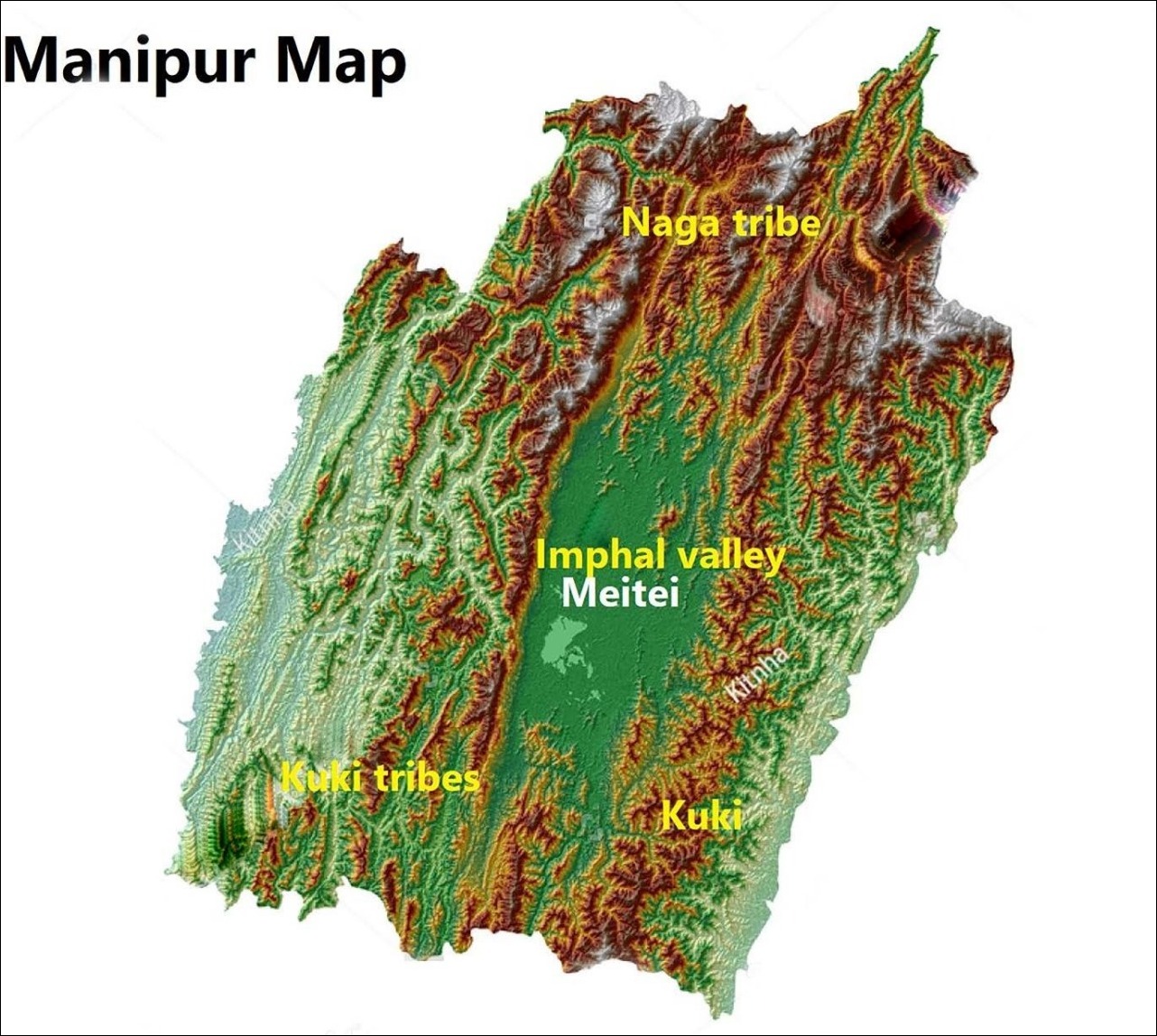
8.
What are the implications of the Manipur violence?
| Implications | Analysis |
|---|---|
| Loss of Human life |
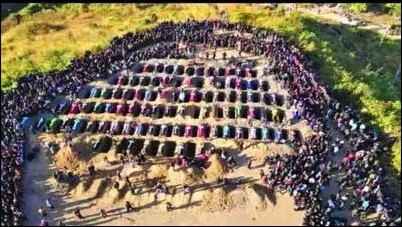
|
| Violence against women |
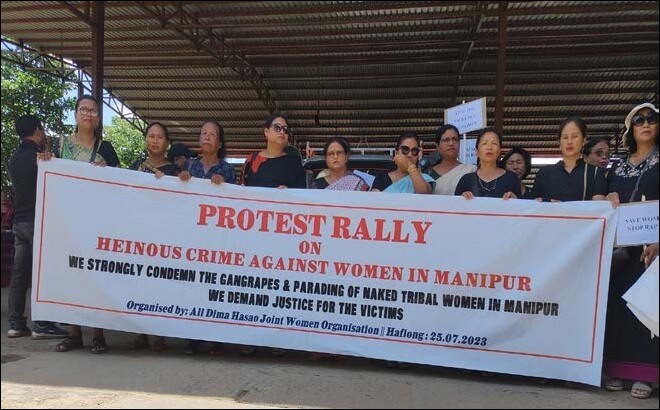 |
| Economic Development |
|
| Social Fabric |
|
| Growth of militancy |
|
| Tension with neighboring countries |
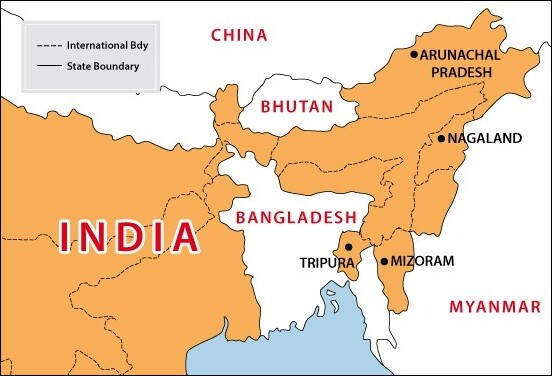 |
| Challenges to India’s Act East Policy |
 |
| Internal displacement |
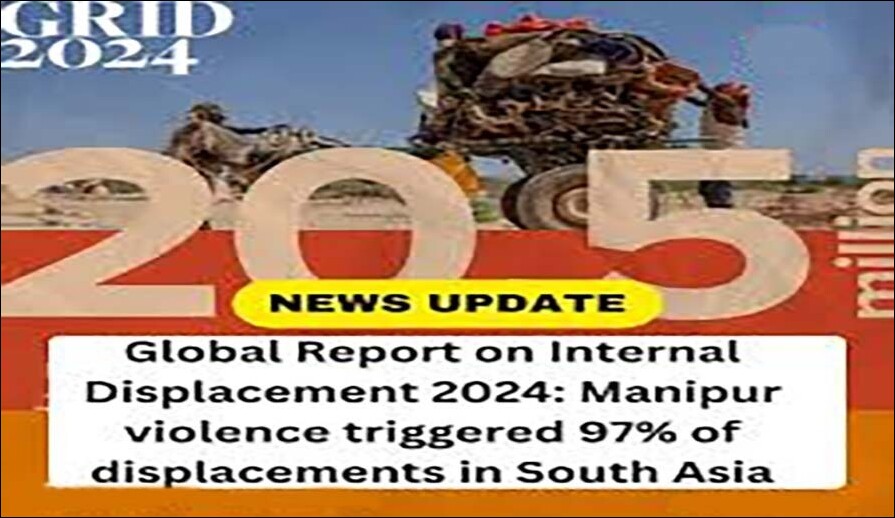 |
9.
What steps should be taken to normalize the situation in Manipur?
| Steps | Analysis |
|---|---|
| Rehabilitation of victim |
|
| Disarming of the Civil Society |
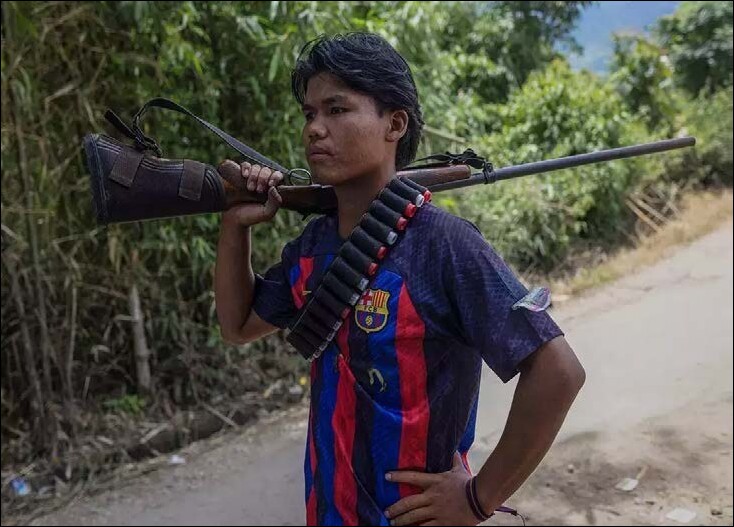 |
| Prevent Fake News |
|
| Inclusive dialogue |
|
| Transparency and Fairness |
|
| Evaluation of Criteria for declaring a community as SC/ST |
|
| Surveillance of the International Border |
 |
| One District One Force (ODOF) |
|
| Repeal of AFSPA |
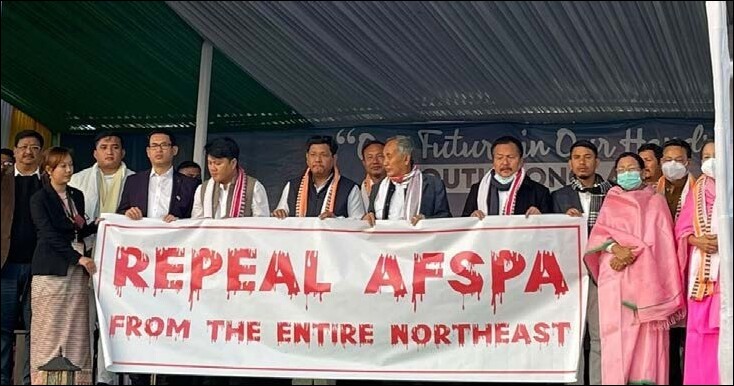 |
What is the relevance of the topic for UPSC CSE?
For Prelims: Meitei Tribe, Kuki Tribe, Naga Tribe, 6th schedule, Inner Line Permit (ILP), Lokur Committee 1965, Bhuria Commission, Xaxa Committee, Armed Forces (Special Powers) Act (AFSPA).
For Mains: Issues related to North-East region, Ethnic conflicts, Demand for 6th Schedule and issues related to ILPs,Issues related to Reservation.
Some Previous Years Prelims Questions
Q1. Consider the following pairs: (2018)
| Tradition | State |
|---|---|
|
1. Chapchar Kut festival |
Mizoram |
|
2. Khongjom Parba ballad |
Manipur |
|
3. Thang-Ta dance |
Sikkim |
Which of the pairs given above is/are correct?
(a) 1 only
(b) 1 and 2 only
(c) 3 only
(d) 2 and 3 only
Some Previous Years Mains Questions
Q1. If a particular area is brought under the Fifth Schedule of the Constitution of India, which one of the following statements best reflects the consequence of it? (2022)
Some Questions from This Year and Previous Years Interview Transcripts
Board Lt gen Raj shukla sir:
- What are the causes of the Manipur crisis?
- As in charge of Law and order issues, how would you tackle the Manipur issue?
- Should we have a CM from a different community(3 rd community)in charge of the peace process in Manipur to solve the issue?
Board Suman Sharma mam:
- What's happening in Manipur, other factors apart from HC directive?
- Can Meitei buy land in hilly areas?
Board Suman Sharma mam:
- What's the root cause of Manipur conflict
- Why do you think ethnic conflicts occur?
- Is relative deprivation an issue of actual development or perception management?
- How would you ensure resolution - in the long term?
Board Dinesh Dasa sir:
- Are you aware of the latest agreement in Manipur between various stakeholders?
- There are a lot of cases of insurgency in the North East.
- Government has banned many organisations.What is the use of banning these organizations?
- What are the actions taken by State and Police in Tripura to improve the security situation
Board BB Swain sir:
- What was the reason for the Manipur crisis and as an outsider what more should be done to resolve it?
- What is the current status of HC order on Meiteis?
- Why is there still violence after the stay order?
- What is the ratio of the Meitei population and legislators?
Some Questions for QUIZ
Q1. Consider the following States:
1. Assam
2. Manipur
3. Meghalaya
4. Tripura
5. Mizoram
How many of the above states are part of the Sixth schedule?
(a) Only two
(b) Only three
(c) Only four
(d) All five
Some Questions for POLL
Q1. Do you think that the current government is unable to curb Manipur violence?
(a) YES
(b) NO
(c) Can’t say
Q2. Do you think AFSPA should be revoked?
(a) YES
(b) NO
(c) Can’t say